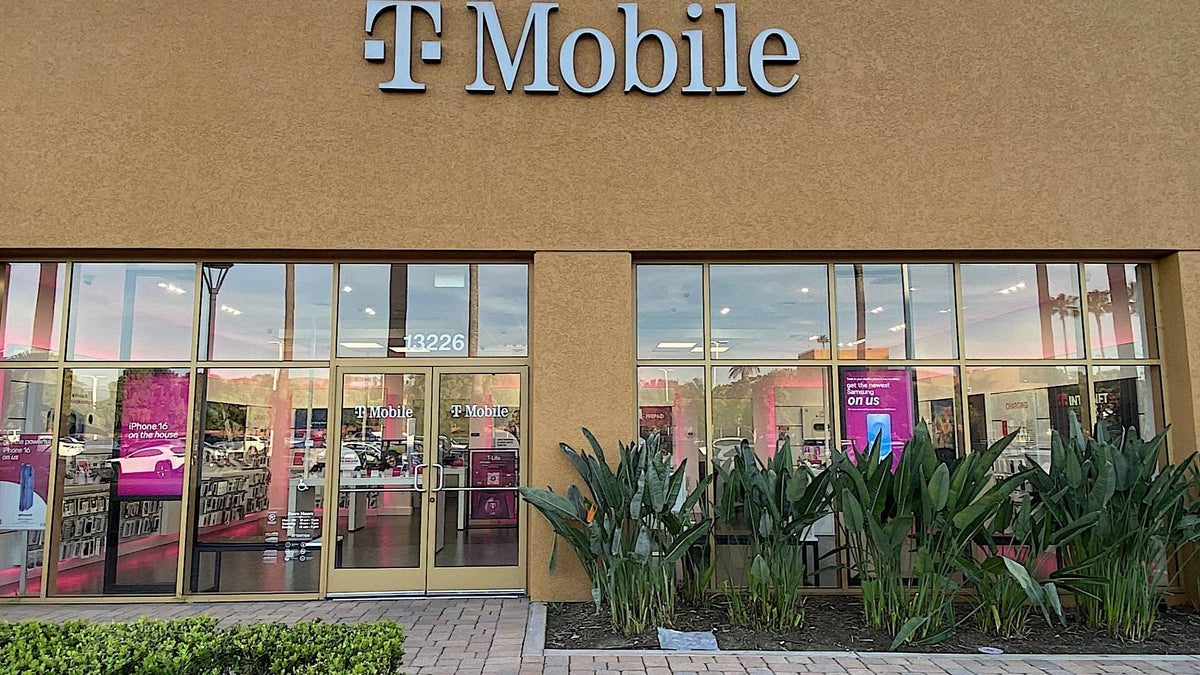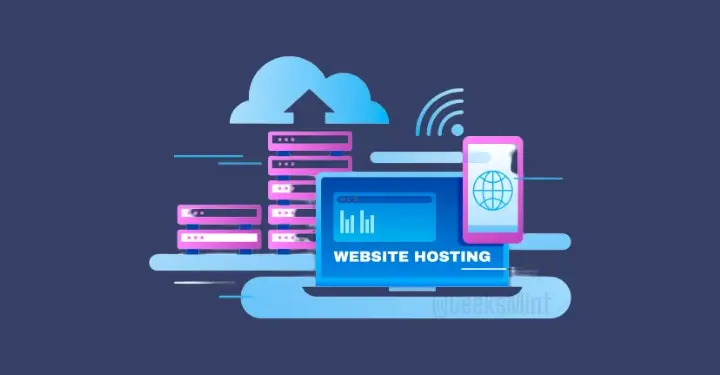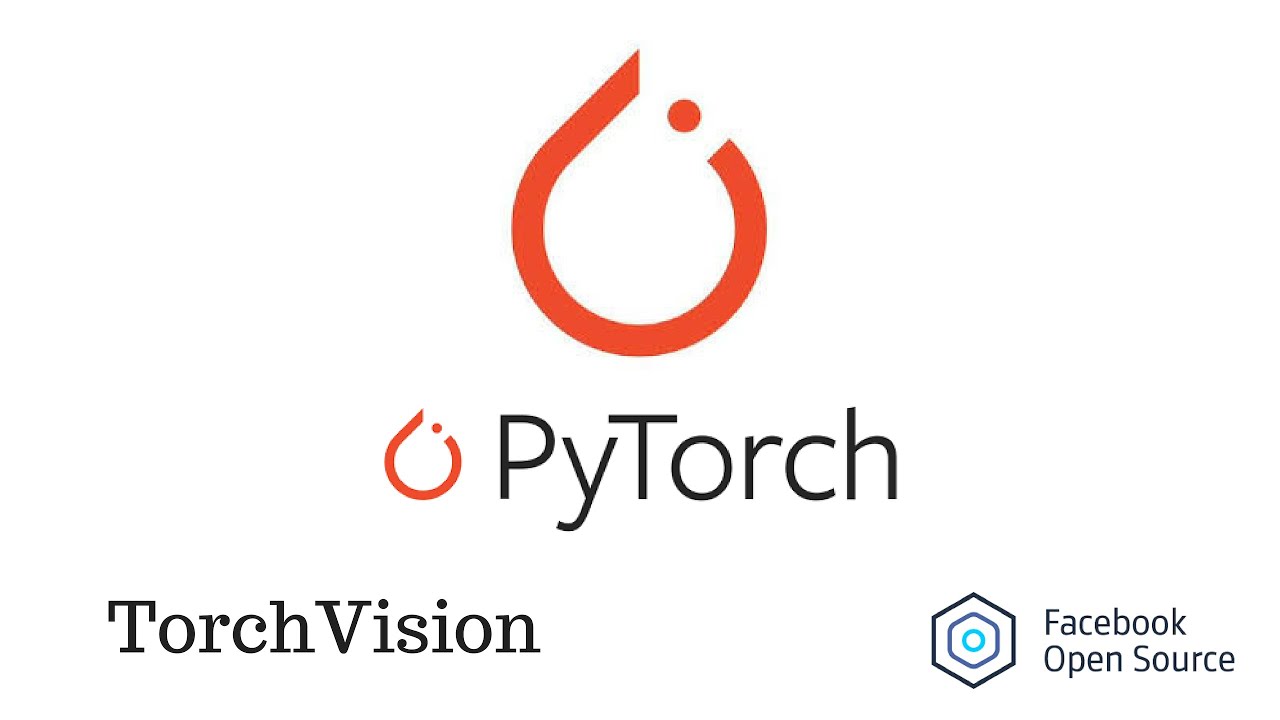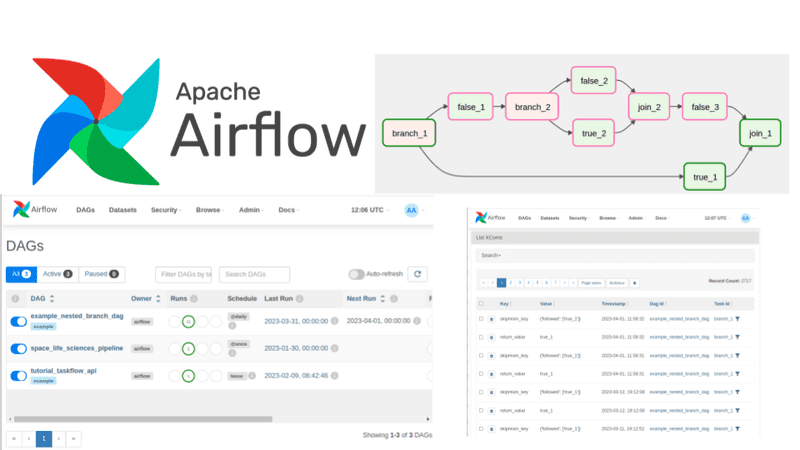Building Trust Through Transparency – CISO Cybersecurity Practices
In an era of digital transformation and rising cyber threats, Building Trust Through Transparency has become a critical mission for the Chief Information Security Officer (CISO), who has evolved from a technical expert to a strategic leader responsible for protecting organizational trust. Transparency in cybersecurity practices is no longer optional but critical to effective leadership. […] The post Building Trust Through Transparency – CISO Cybersecurity Practices appeared first on Cyber Security News.

In an era of digital transformation and rising cyber threats, Building Trust Through Transparency has become a critical mission for the Chief Information Security Officer (CISO), who has evolved from a technical expert to a strategic leader responsible for protecting organizational trust.
Transparency in cybersecurity practices is no longer optional but critical to effective leadership.
By openly communicating risks, incident responses, and security strategies, CISOs foster stakeholder trust, align security initiatives with business goals, and cultivate a culture of shared responsibility.
This article explores how CISOs can leverage transparency to build resilience, drive collaboration, and position cybersecurity as a cornerstone of organizational success.
Transparency in cybersecurity is not merely about sharing information but about creating a framework of accountability that resonates across an organization’s levels.
Modern CISOs must balance technical expertise with executive communication skills, translating complex threats into actionable business insights.
For example, a transparent CISO might quantify potential financial losses, operational downtime, and reputational damage when discussing ransomware risks rather than focusing solely on technical vulnerabilities.
This approach enables non-technical leaders to grasp the strategic implications of cybersecurity decisions.
By adopting a proactive stance on transparency, CISOs dismantle the perception of security as a bureaucratic hurdle and reposition it as a business enabler that supports innovation and growth.
Five Pillars of Effective Transparency Practices
1. Align Security with Business Objectives – Transparency begins with contextualizing cybersecurity within organizational priorities. CISOs must articulate how security investments protect revenue streams, customer relationships, and market positioning. For instance, implementing multi-factor authentication (MFA) should be framed to reduce account takeover risks that could lead to customer churn or regulatory penalties.
2. Normalize Vulnerability Disclosure -Proactively sharing information about patched vulnerabilities demonstrates competence and builds stakeholder confidence. A 2023 study revealed that organizations disclosing resolved vulnerabilities experienced 40% fewer customer complaints post-incident than those that concealed breaches.
3. Democratize Security Knowledge – Hosting quarterly “cybersecurity town halls” or publishing internal threat bulletins educates employees about emerging risks while reinforcing their role in threat detection. A major financial institution reduced phishing click-through rates by 58% after implementing monthly security awareness briefings.
4. Balance Transparency and Confidentiality – While openness is valuable, CISOs must safeguard sensitive data about defenses and investigations. Establishing tiered communication protocols ensures technical teams receive detailed threat intelligence while executives get risk-adjusted summaries.
5. Measure Transparency Impact – Track metrics like stakeholder trust scores, employee reporting rates for suspicious activity, and cross-departmental collaboration on security projects to quantify the ROI of transparency initiatives.
Implementing Transparency in High-Stakes Environments
The path to transparency requires navigating complex technical and organizational challenges. CISOs must reconcile disclosure requirements with legal constraints in regulated industries like healthcare or finance.
For example, leaders must coordinate communications across legal, PR, and technical teams to ensure timely yet compliant messaging when responding to a data breach.
A phased approach works best: start with internal transparency to build alignment, then expand to external stakeholders as processes mature.
Two critical considerations often determine success:
- Cultural Readiness: Organizations with blame-free reporting cultures adapt faster to transparency demands. Implementing anonymized incident reporting systems encourages employees to flag issues without fear of reprisal.
- Technology Enablement: Invest in tools that provide real-time visibility into security postures, such as unified dashboards showing patch compliance rates or threat detection metrics. These systems allow CISOs to share concrete data rather than vague assurances.
By treating transparency as a strategic capability rather than a compliance checkbox, CISOs transform cybersecurity from a cost center into a trust accelerator. In doing so, they empower their organizations to thrive in an increasingly interconnected digital ecosystem.
Find this News Interesting! Follow us on Google News, LinkedIn, & X to Get Instant Updates!
The post Building Trust Through Transparency – CISO Cybersecurity Practices appeared first on Cyber Security News.







































































![Apple Smart Glasses Not Close to Being Ready as Meta Targets 2025 [Gurman]](https://www.iclarified.com/images/news/97139/97139/97139-640.jpg)
![iPadOS 19 May Introduce Menu Bar, iOS 19 to Support External Displays [Rumor]](https://www.iclarified.com/images/news/97137/97137/97137-640.jpg)

![Apple Drops New Immersive Adventure Episode for Vision Pro: 'Hill Climb' [Video]](https://www.iclarified.com/images/news/97133/97133/97133-640.jpg)





































































































 CISO’s Core Focus.webp?#)


_Olekcii_Mach_Alamy.jpg?width=1280&auto=webp&quality=80&disable=upscale#)




















































































































![[The AI Show Episode 144]: ChatGPT’s New Memory, Shopify CEO’s Leaked “AI First” Memo, Google Cloud Next Releases, o3 and o4-mini Coming Soon & Llama 4’s Rocky Launch](https://www.marketingaiinstitute.com/hubfs/ep%20144%20cover.png)





































































































































































![[DEALS] Koofr Cloud Storage: Lifetime Subscription (1TB) (80% off) & Other Deals Up To 98% Off – Offers End Soon!](https://www.javacodegeeks.com/wp-content/uploads/2012/12/jcg-logo.jpg)
























































































.jpg?width=1920&height=1920&fit=bounds&quality=70&format=jpg&auto=webp#)





